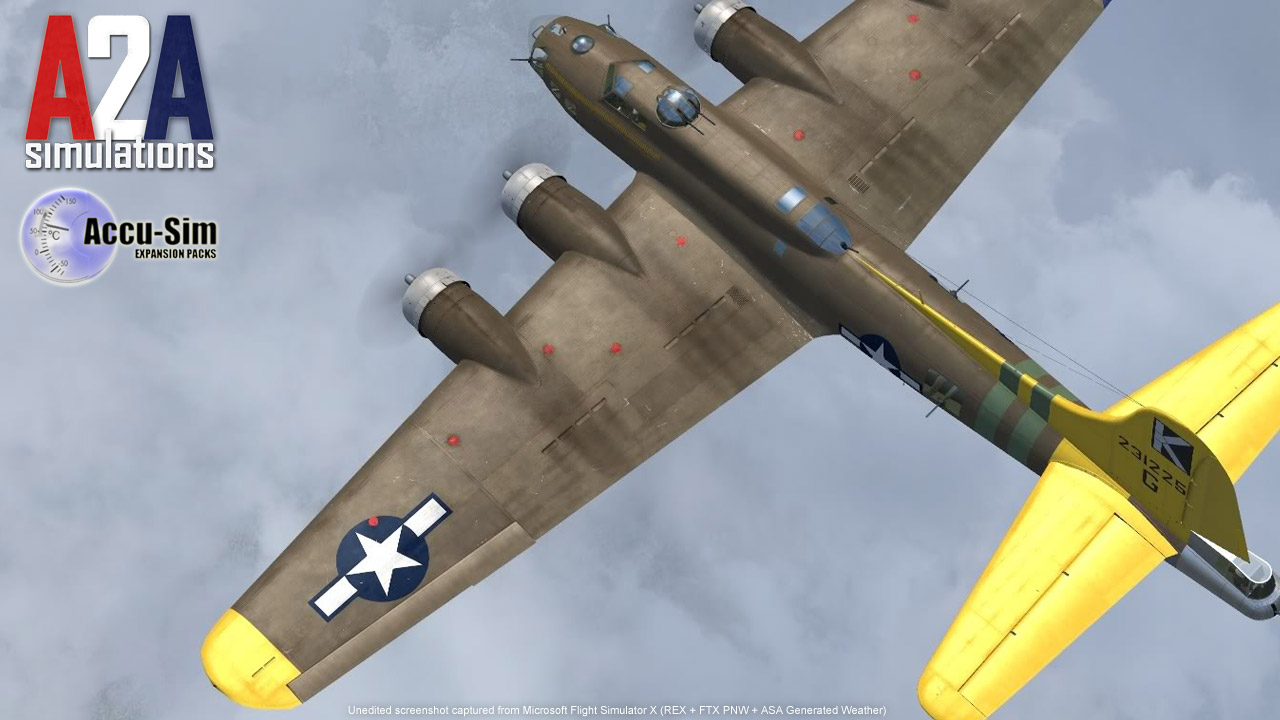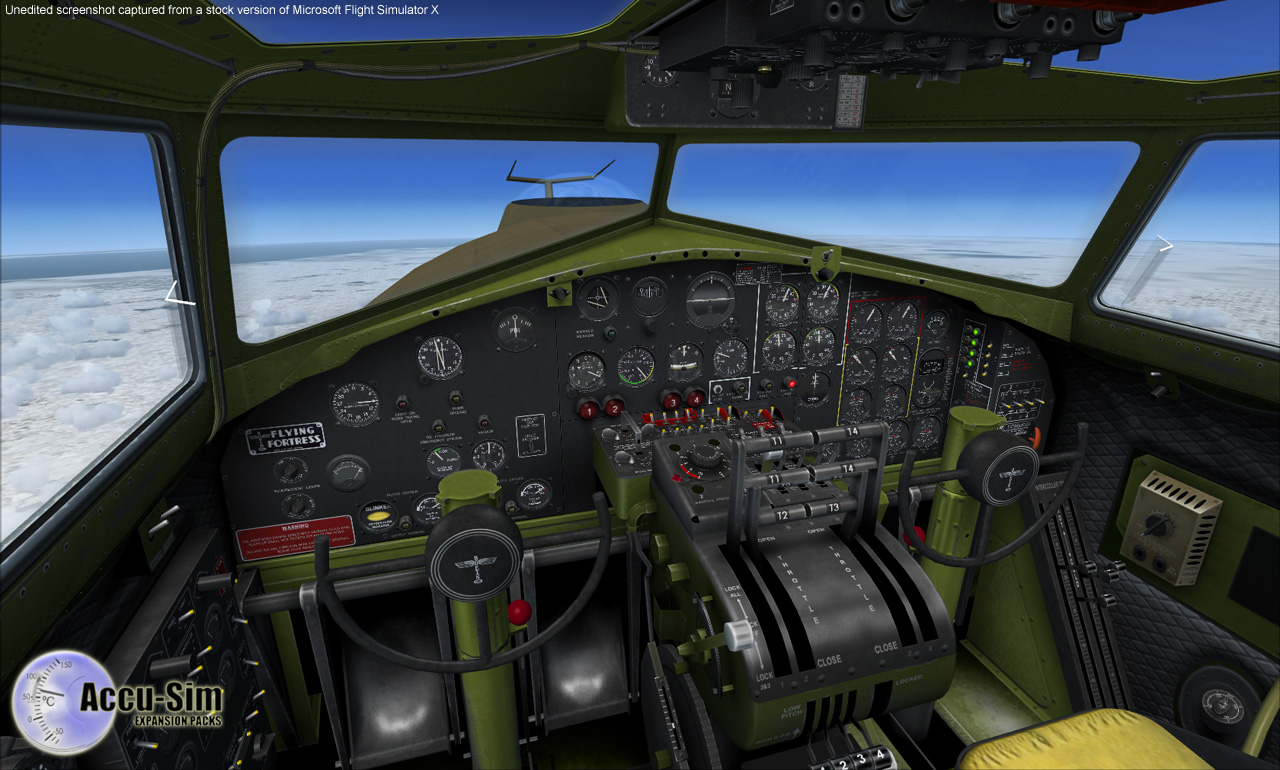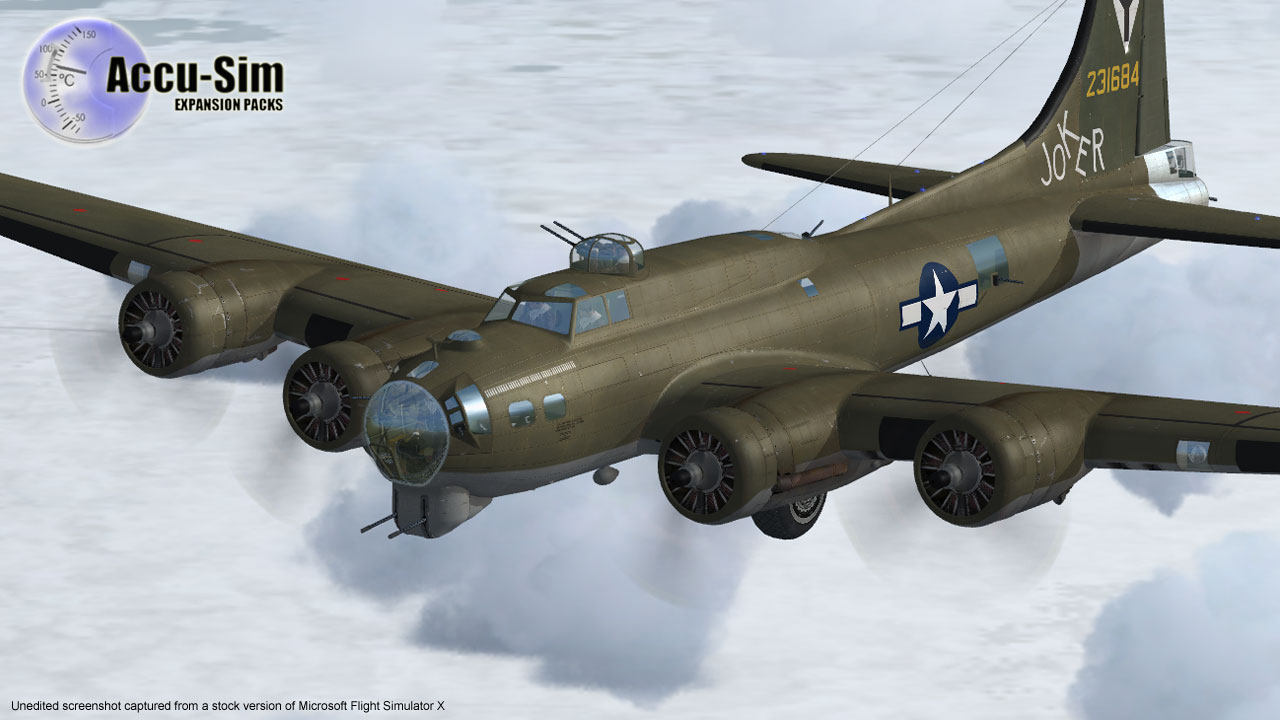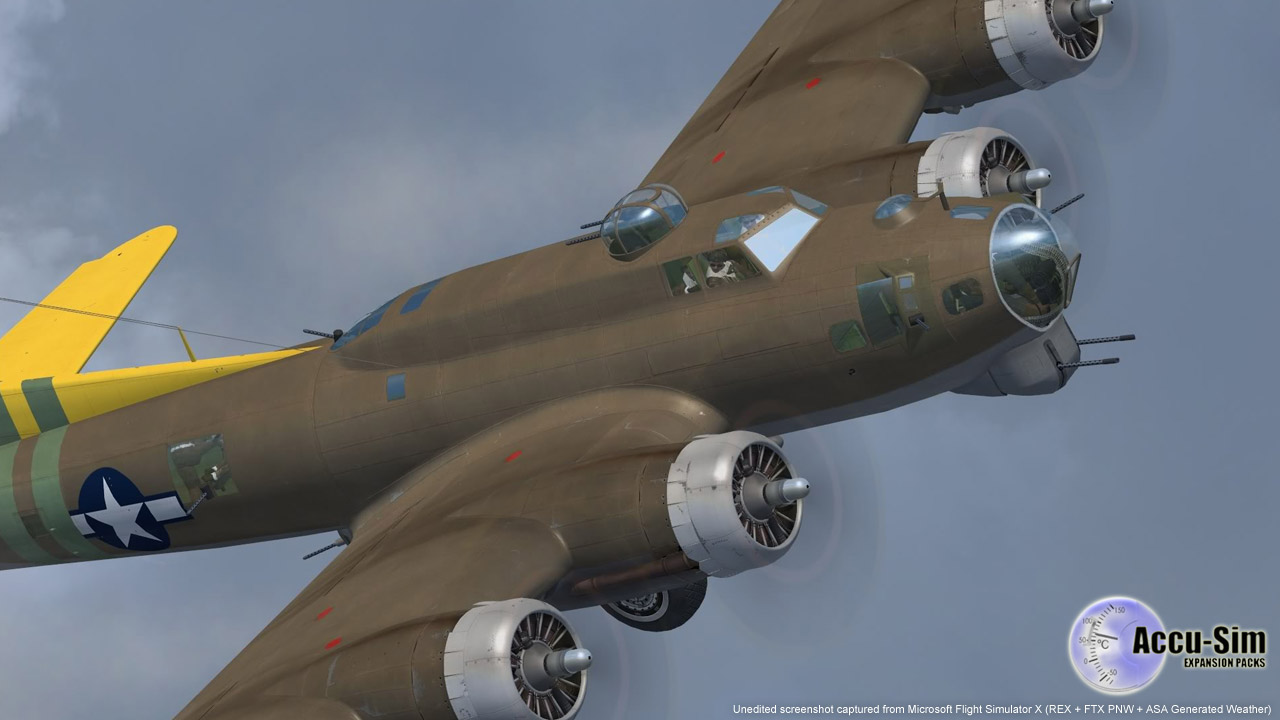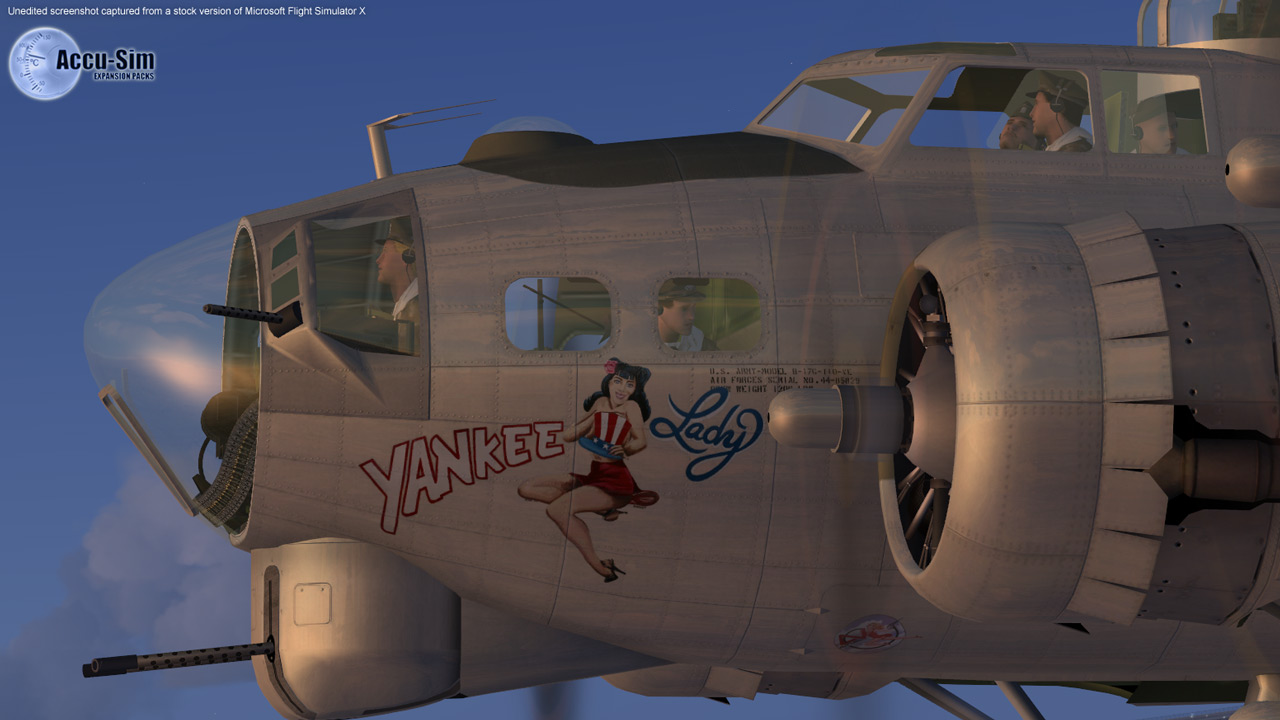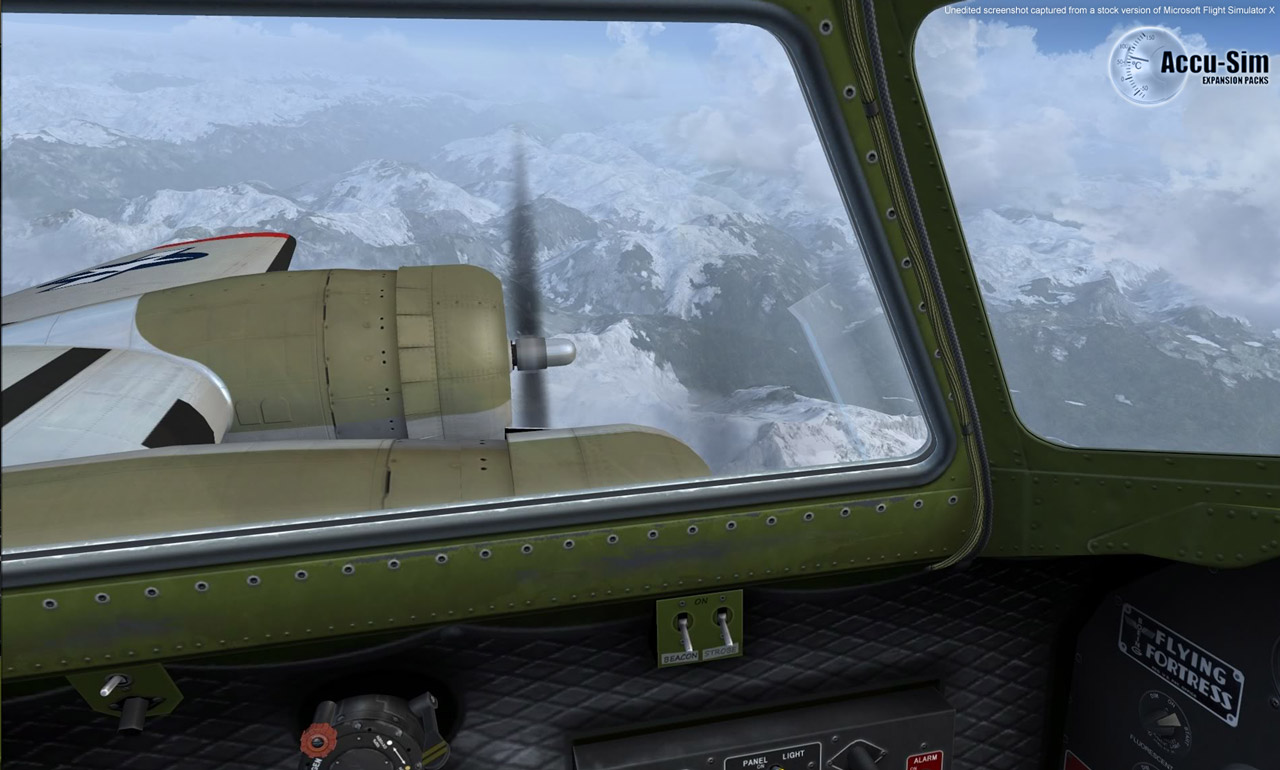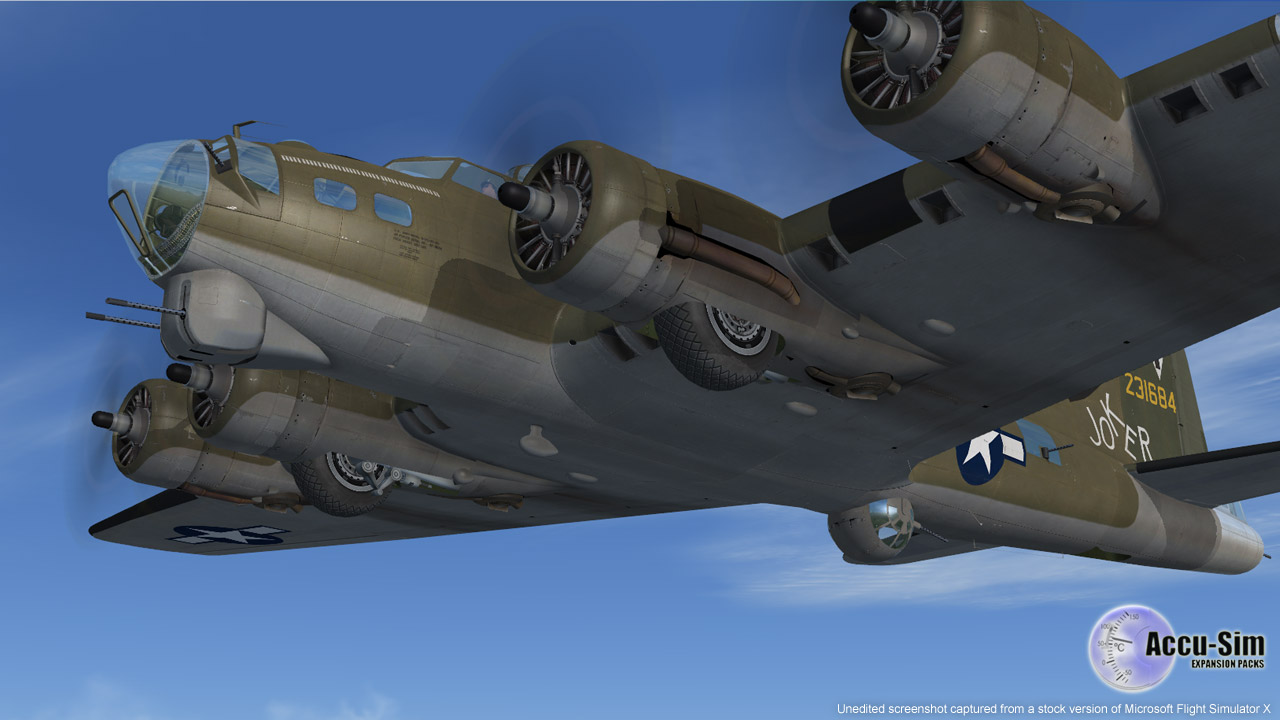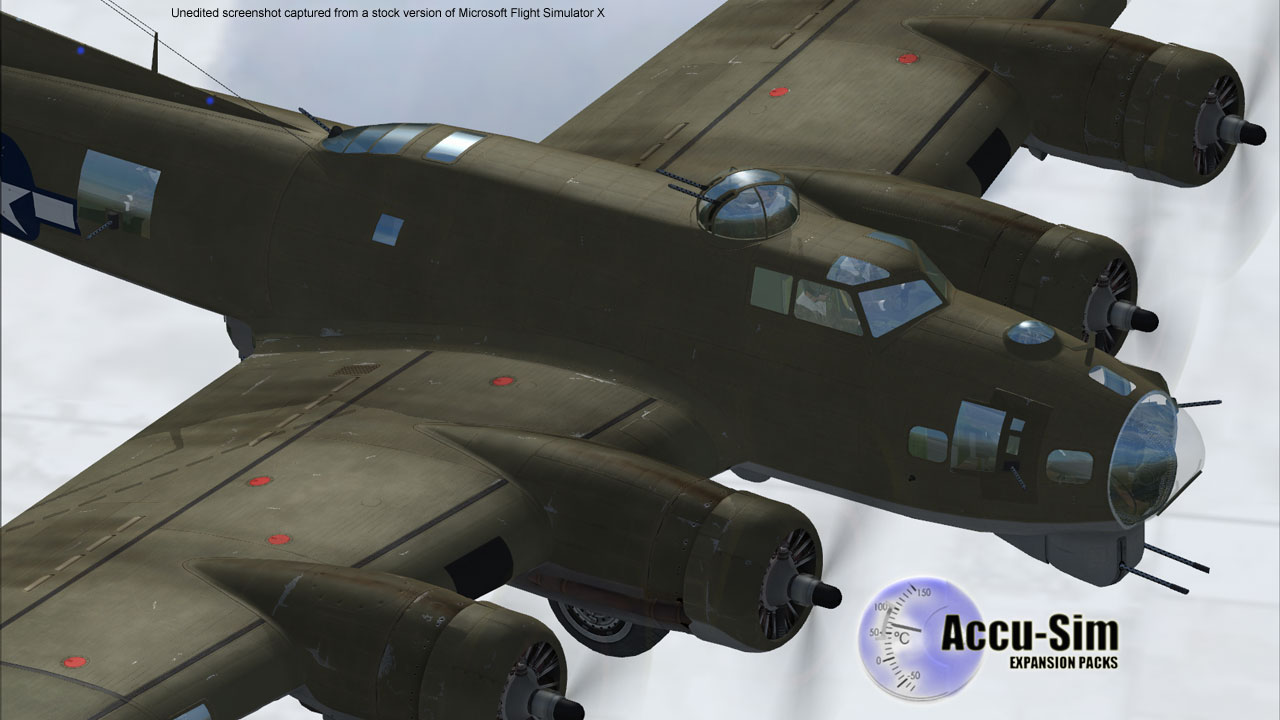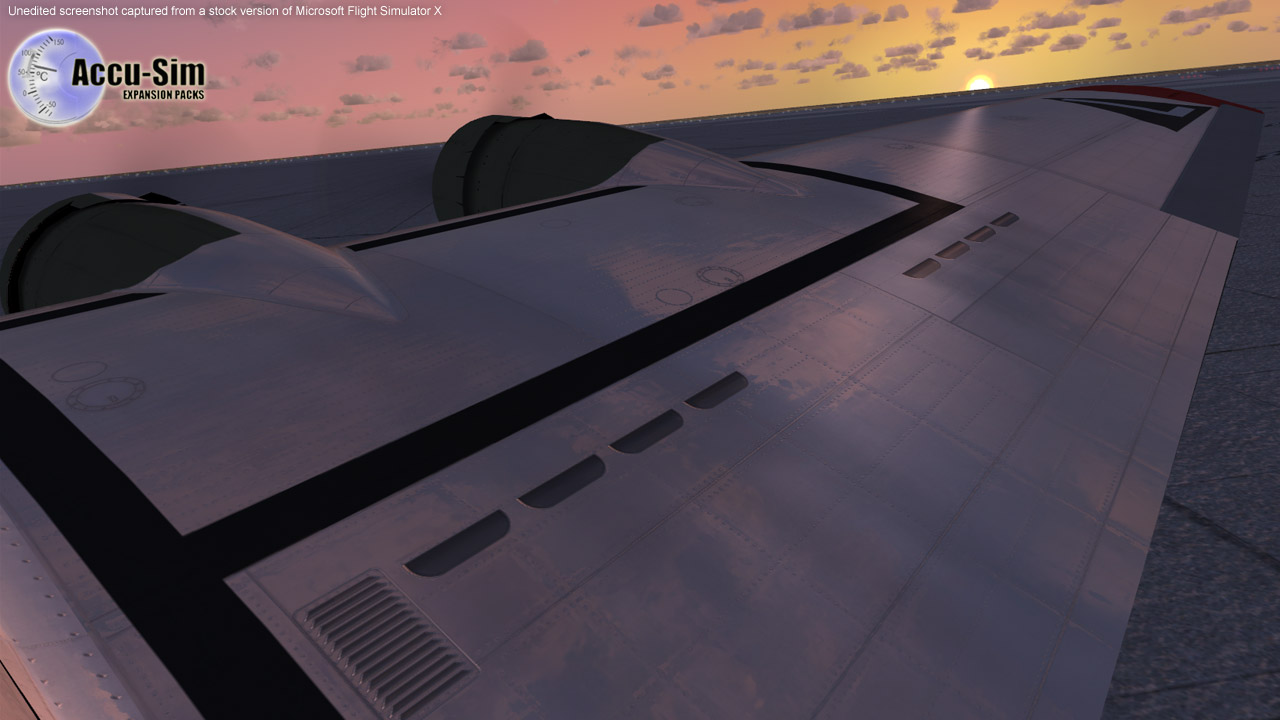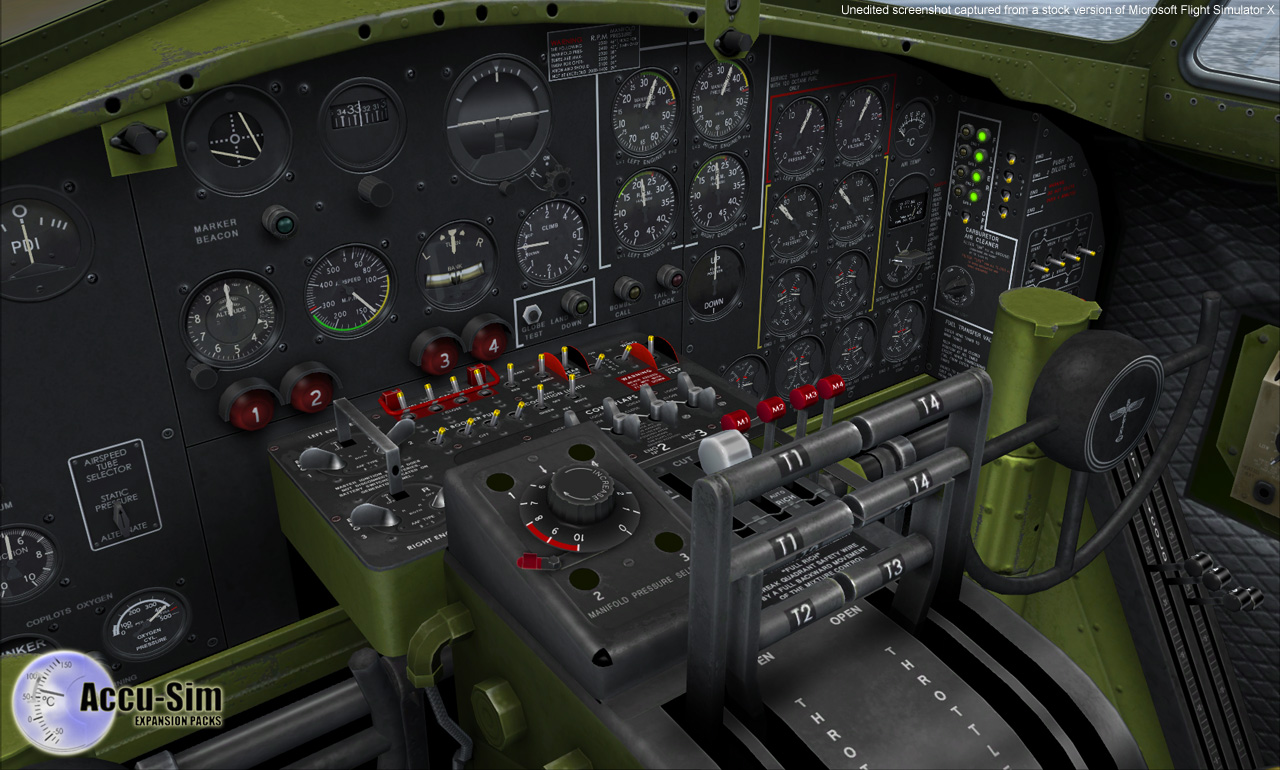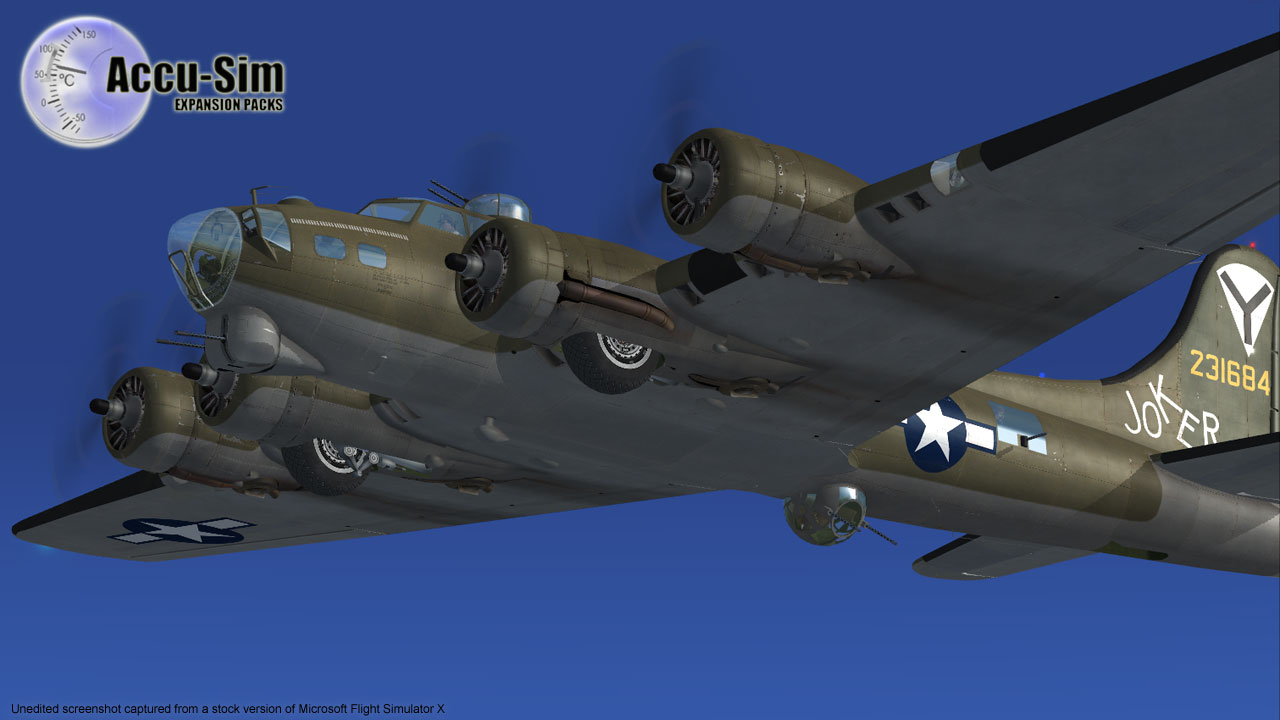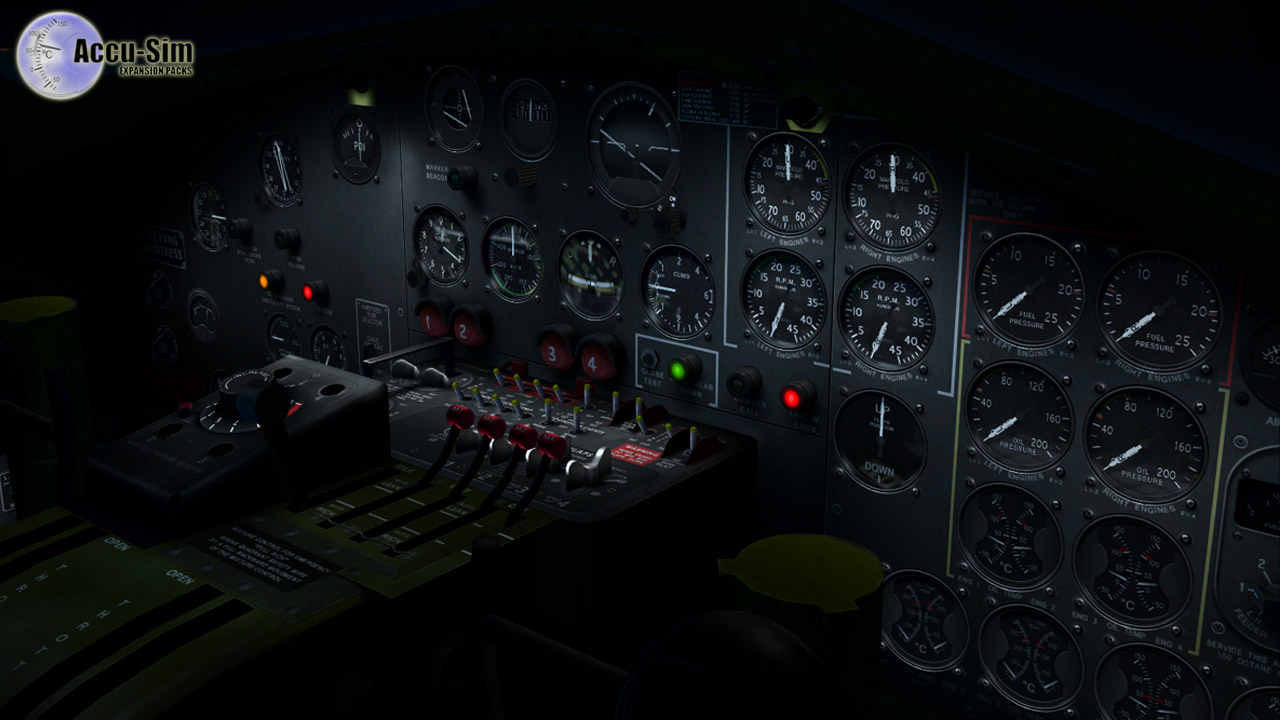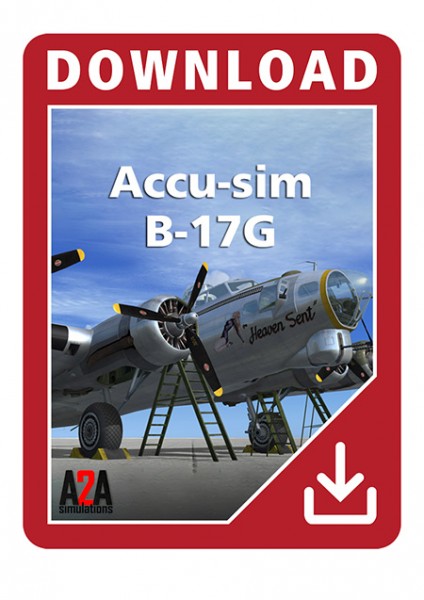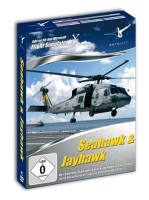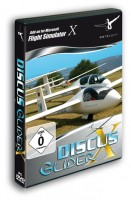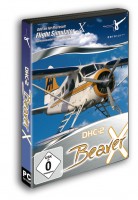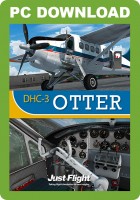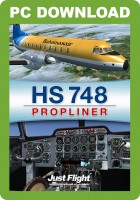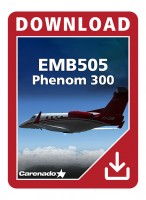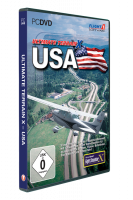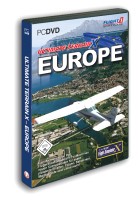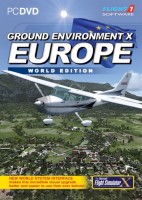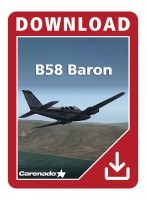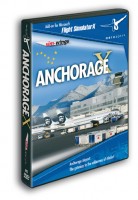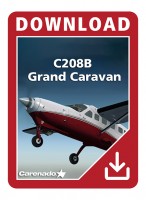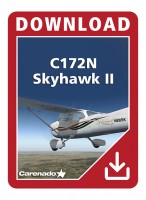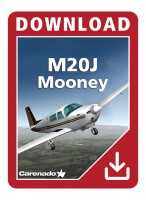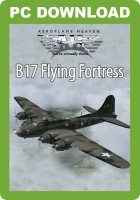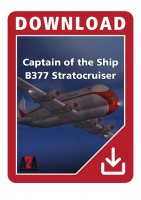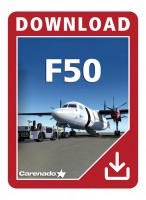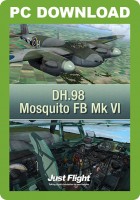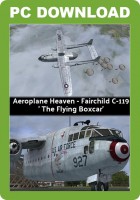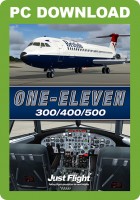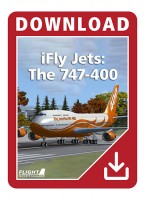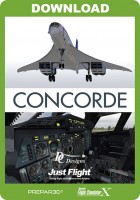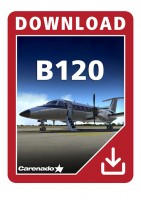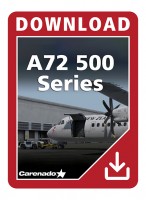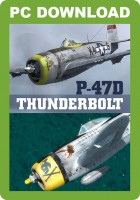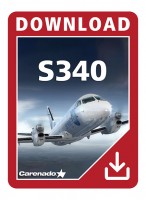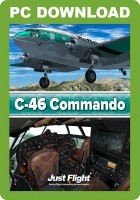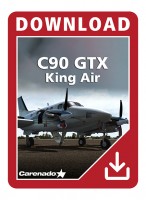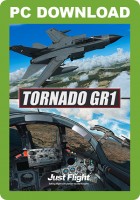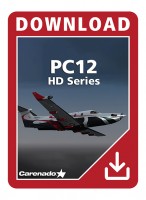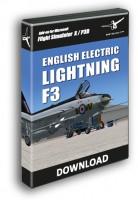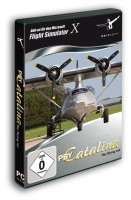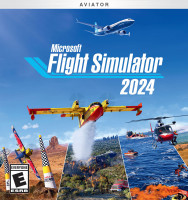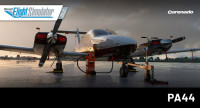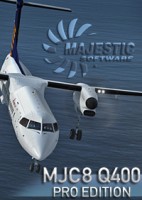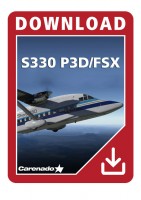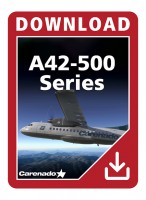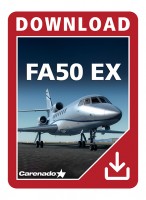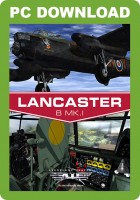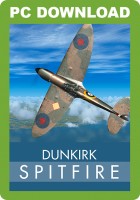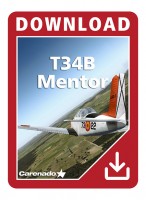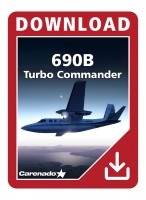Price incl. 20% VAT
Available as instant download
- Article number: AS13135
- Manufact./Publisher: A2A Simulations
- Language: English
- Current version: 2.0
Without a doubt, the Boeing B-17 Flying Fortress is the most-recognized and well-known aircraft to emerge from World War II. There are many reasons for this, not the least of which was an aggressive publicity campaign by the War Department, which resulted in the superb wartime classic propaganda film “Memphis Belle” (not to be confused with the modern film of the same name), and a year-long tour of the United States by the actual “Memphis Belle” and her crew.
A2A Simulations has made it possible for all of us to have the opportunity to enjoy the unique, challenging and fascinating experience of flying the most authentic, complete and accurate simulation of the legendary B-17 ever created. The creation and application of the unique, proprietary A2A Accu-Sim system enables us to truly put you in the B-17’s cockpit in a way that only flying the real thing could match. You can almost smell the leather seats, the hot oil, and the pungent exhaust from those four Wright R-1820-97 “Cyclone” turbo-supercharged, 1,200 horsepower radial engines.
To insure the accuracy and fidelity of the simulation, A2A developers have been privileged to take flights in carefully and lovingly maintained B-17’s today with eyes and ears wide open. With multiple cameras rolling and microphones in hand, A2A developers crawled within every nook and cranny of the cockpit so that every sound and sight that a B-17 Pilot would experience is there for you, right down to the wind rushing over the airframe and the characteristic vibrations and tremors of the real aircraft.
As you have come to expect from A2A Accu-Sim aircraft, nothing has been left out that operates in the real aircraft. In fact, there are many features that are included in this simulation that have never before been modeled or included in any other aircraft simulation.
Featuers:
- Brand new Maintenance Hangar:
- Written crew chief inspection reports
- New engine diagnostics allow you to look inside the engine at individual cylinders and accessories
- Your mechanic can change oil, fuel and air filters for you
- Tires can wear and even blow
- Physical oil, fuel, hydraulic fluid, and even glycol systems work and are managed by your maintenance crew
- Your mechanics can repair turbos, superchargers, starters, generators, magnetos, carburetors, and even tighten down intakes
- Accu-Physics:
- Sound and physics seamlessly fused together. Gradually crack open a window and hear / feel the wind as it enters the cabin
- Big radial engine start ups. With all cylinders modeled, starting an engine results in realistic sputters, kicks, coughs, and an engine that builds momentum to eventually fire up with a nice big BROOOOOM!
- Manage an electric system that has 4-8X the capacity of the average three-bedroom house. Lights, gear, flaps, bomb bay doors, turbos, fuel pumps, radios, etc. all rely on engine generators, batteries, and an on-board APU installed in the rear. Even surges occur when large motors like the flaps are run. Listen and see how all these systems operate together.
- Front pilots panel mounted on shocks. You can see engine’s subtle (and not so subtle) vibrations, that shake the airframe.
- Crew Assistance:
- Order your co-pilot to manage your engines
- Bombardier opens and closes bomb bay doors from the nose
- Radio man scans the skies for interesting broadcasts
- Waist gunners watch the flaps and can even be ordered to start or stop the on board APU
- Tail gunner lets you know when the tail wheel is up or down
- Order the crew to hand crank landing gear or flaps
- New internal cockpit lighting system includes fluorescent lights and glow-in-the-dark radiant gauges
- Real-time fuel management including fuel transfer pump and gravity-fed Tokyo Tanks for long range
- Two fuel grades (100 / 91 octane) and three oil grades available for proper cold and hot weather operations
- 3D model upgraded to Wings of POWER III standards with crisp, new modeling and texturing for stunning visuals
- Fourth Generation Accu-Sim lives and breathes under the hood:
- Piston combustion engine modeling. Air comes in, it mixes with fuel and ignites, parts move, heat up, and all work in harmony to produce the wonderful sound of a big radial engine. Now the gauges look beneath the skin of your aircraft and show you what Accu-Sim is all about.
- Airflow, density, and it’s temperature not only affect the way your aircraft flies, but how the internal systems operate.
- Real-world conditions affect system conditions, including engine temperatures and authentic cowl flap management.
- Use intercooler flaps to cool Carburetor Air Temperatures (CAT), as high temperatures can adversely affect engine performance while low temperatures can lead to carburetor icing.
- Spark plugs can clog and eventually foul if the engine is allowed to idle too low for too long. Throttling up an engine with oil-soaked spark plugs can help clear them out and smoke will pour out of exhausts as oil is burned off.
- Overheating can cause scoring of cylinder head walls which could ultimately lead to failure if warnings are ignored and overly abused.
- On hot summer days, you will need to pay very close attention to your systems, possibly expediting your takeoff to avoid overheating due to radiant ground heat.
- Latest generation Accu-Sound now allows for a direct connection to the Accu-Sim and FSX physics engine with airflow through the airframe, windows, structural creaks, bumps, jolts etc. with over 500 sounds in all.
- Engine vibrations travel through the airframe. Front pilots panel is mounted on 6 shock mounts.
- Authentic component drag. Drop your gear, deploy your flaps, or just try a dive, and listen to your airframe. It’s all there and it’s all real.
- System failures. For example, if you deploy your flaps at too high of a speed, you will likely hear the flap motor stressing against the forces. Using bad habits like this can lead to a shorter life of components.
- Total audible cockpit made with recordings from the actual aircraft. Before you fly, enjoy clicking everything.
- Primer system modeled. Accu-Sim monitors the amount of fuel injected and its effectiveness to start the engine. Roughly 2-4 shots needed in hot weather and 4-8 in cold weather.
- Authentic battery. The battery capacity is based on temperature. The major draw comes from engine starting.
- Oil pressure system is affected by oil viscosity (oil thickness). Oil viscosity is affected by oil temp and oil dilution level. Now when you start the engine, you need to be careful and not raise RPM too much until oil temp is high enough to give proper oil pressure. If you raise RPM too high on a cold engine, especially very cold, oil pressure can raise to over 150psi. Oil pump failure can result. Also, extended inverted flight (negative g) can uncover the oil sump and reduce oil pressure. Do not fly in a negative g situation for more than 5 seconds.
- Oxygen starvation (hypoxia) is modeled. Just take off and climb without oxygen to see.
- Experience realistic startups with an authentic inertia starter. Wind it up and engage.
- Authentic engine sounds. When possible, we visit and fly the actual aircraft, capturing every area that makes sounds, namely the engine and how it not only sounds inside and outside, but based on where you are outside. We also have sounds to indicate how your engine is performing. For example, it may cough if the cylinders start getting fouled, or you may hear components start knocking when pushed too hard. This all contributes to you, the pilot, knowing your aircraft and how to read how it is functioning throughout every flight.
- Microsoft Flight Simulator X (SP2)
- Windows XP (SP2) or Windows Vista
- 2.0 GHz single core processor (3.0 GHz and/or multiple core processor or better recommended)
- 250 MB of hard drive space or better
- DirectX 9 compliant video card with at least 128 MB video ram (512 MB or more recommended)




